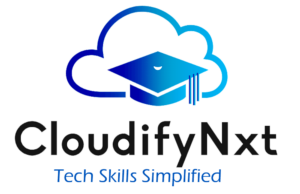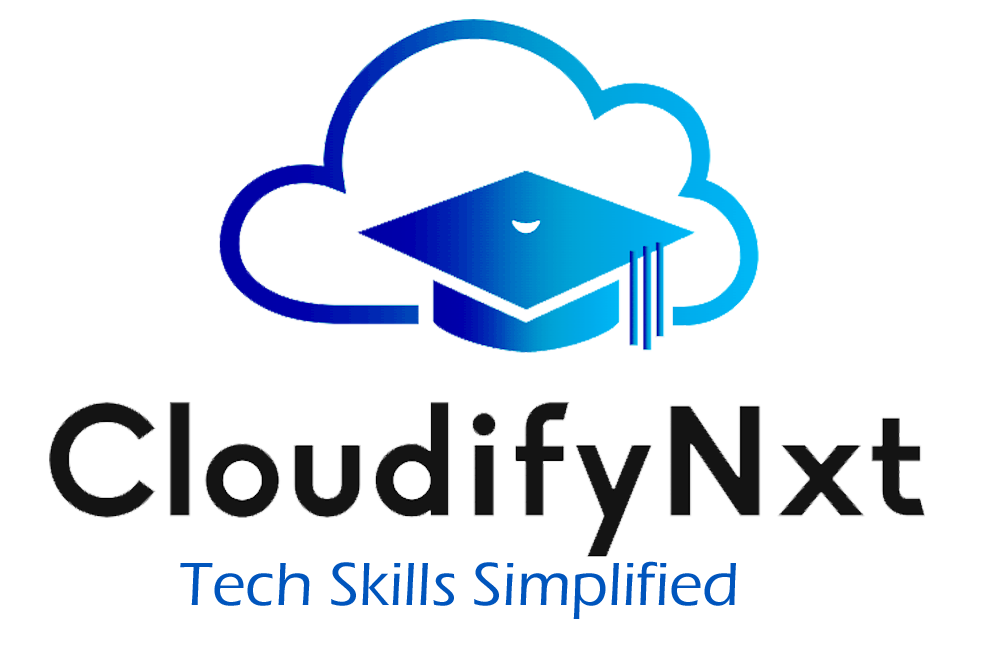
What Are the Best GitHub Projects for Beginners in Data Science?
Diving into the world of data science is both exciting and challenging. For beginners, the fastest way to turn theory into real skills is through practical experience—and GitHub is one of the best places to find open-source data science projects that help you do just that. In this blog, we’ll explore the top beginner-friendly GitHub projects you can learn from or contribute to, using SEO-optimized keywords and structured insights that cater to both learners and search engines.
Contents
🚀 Why GitHub Projects Are a Smart Choice for Data Science Starters
If you’re new to the data science domain and wondering where to begin, here’s why GitHub projects are highly recommended:
-
🛠 Practical Skill Development: Go beyond books and tutorials by working on real datasets.
-
🌐 Community Collaboration: Interact with fellow learners and professionals through contributions.
-
📂 Portfolio Building: Make your profile visible to employers by showcasing your work.
-
💡 Learning from Real Use-Cases: See how seasoned developers approach real-world data problems.
-
🧠 Understanding Project Workflow: Learn how data science workflows operate in real environments.
🔧 Must-Try GitHub Projects for Data Science Beginners
Here are some of the most useful and beginner-friendly GitHub projects you can explore, clone, and learn from.
1. 🏠 House Price Prediction (Regression Analysis)
What You’ll Learn:
-
Data preprocessing
-
Exploratory data analysis (EDA)
-
Linear regression model building
-
Error metrics like RMSE and MAE
Why It’s Good for Beginners:
This project teaches the essentials of supervised learning using clean tabular data. You’ll understand how to build regression models and evaluate them effectively.
2. 🚢 Titanic Survival Prediction (Classification Model)
What You’ll Learn:
-
Feature selection and encoding
-
Logistic regression, decision trees
-
Accuracy, precision, recall, and F1-score evaluation
Why It’s Great:
Based on the iconic Titanic dataset, this project introduces you to binary classification, which is foundational in many real-world scenarios like fraud detection and spam filtering.
3. 📊 Stock Price Forecasting (Time Series Analysis)
Key Learnings:
-
Handling time-based data
-
Using ARIMA or LSTM models
-
Data visualization of trends
Benefits:
It introduces time series modeling, which is useful for forecasting sales, weather, and financial metrics.
4. 📰 Fake News Detection (Natural Language Processing)
Focus Areas:
-
Text preprocessing (tokenization, stop words removal)
-
TF-IDF vectorization
-
Naive Bayes or Passive Aggressive Classifier
Why It’s Valuable:
This project builds your foundation in NLP and text classification, a key area in data science.
5. 🎬 Movie Recommendation System (Collaborative Filtering)
Project Insights:
-
User-based and item-based collaborative filtering
-
Cosine similarity and correlation metrics
-
Evaluation using precision and recall
Why It Matters:
It helps you understand how platforms like Netflix and Spotify work under the hood using recommender systems.
📚 Tools & Technologies to Learn Through These Projects
These beginner projects give you the chance to work with the core tech stack used by data scientists across the globe.
-
Languages: Python (preferred), SQL (optional)
-
Data Manipulation: Pandas, NumPy
-
Visualization: Seaborn, Matplotlib
-
Machine Learning Libraries: Scikit-learn, XGBoost, LightGBM
-
NLP Libraries: NLTK, SpaCy
-
IDE/Platforms: Jupyter Notebook, Google Colab, VS Code
🔁 Best Practices for Using or Contributing to GitHub Projects
To get the most out of your learning experience:
✔️ Clone and Analyze
Start by forking or cloning the repo and understanding the project flow.
✔️ Rebuild the Project
Try to recreate the project from scratch without looking at the original code.
✔️ Add Your Twist
Change the dataset or apply different models to deepen your understanding.
✔️ Document Your Work
Keep your GitHub repo clean with a good README.md, file structure, and comments.
✔️ Push It to Your Portfolio
Link your projects on LinkedIn or your personal blog with SEO-optimized descriptions.
❓ Frequently Asked Questions (FAQs)
Q1. What makes a GitHub project good for beginners in data science?
A: A beginner-friendly project should be simple, well-documented, and focused on core concepts like data cleaning, basic machine learning models, and visualizations.
Q2. Do I need to contribute or just clone and study?
A: Both work! Start by studying and reproducing, then slowly contribute or start your own version.
Q3. How do I make my GitHub data science profile attractive to employers?
A: Keep your repositories clean, with README files, screenshots, and explanations. Focus on unique projects with a local or practical angle.
Q4. Can I use datasets from my country to create GEO-optimized projects?
A: Yes, and it’s highly recommended! It adds relevance to your work and can improve local search ranking.
